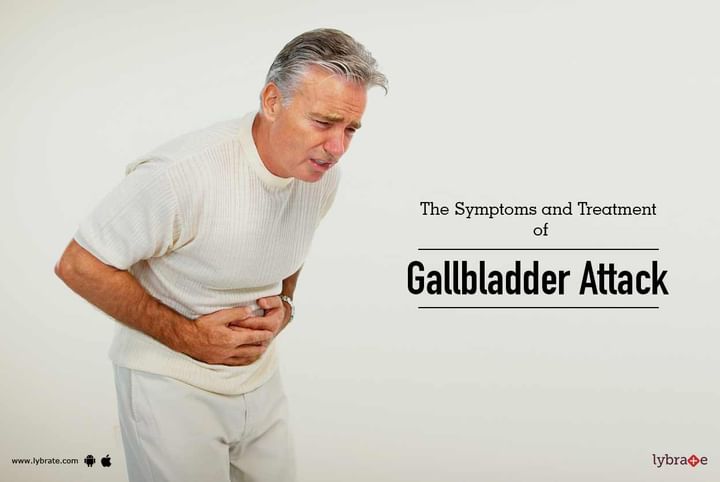The Symptoms and Treatment of Gallbladder Attack
The gallbladder can be found under the liver and is a pear shaped organ. This four inch organ is responsible for storing bile, which is a combination of the various fluids as well as fat and cholesterol. These are essential for the body and its metabolism, as the bile helps in breaking down the food that enters the digestive system. With the help of the gallbladder, this bile divides the food into smaller parts within the intestine. This ensures that the energy released by the food is more easily absorbed into the bloodstream. There are a host of problems that can attack the gall bladder including stones, infection and more.
Let us find out the symptoms of a gallbladder attack and the various ways in which it may be successfully treated.
- Pain: One of the most common symptoms of a gallbladder attack includes pain. This can be felt in the section that lies in the middle and the upper right portion of the abdomen. The patient may initially experience mild pain that comes and goes intermittently. Eventually, if the pain is not treated, it can start to radiate on a constant basis and hold the patient in its grip.
- Nausea: Nausea and vomiting are also common symptoms of any gallbladder related problem. Chronic cases usually end up experiencing these symptoms. Nausea and vomiting in such conditions are a result of digestive problems like acid reflux which can be caused due to the gall bladder condition.
- Fever: If there is an infection in the gall bladder, then the patient may also experience fever and chills. This will require immediate treatment and the prescription of antibiotics. If it is not treated on time, the problem can become serious and dangerous.
- Loose Motions: Diarrhoea is a problem faced by many patients suffering from this condition along with jaundice and lighter coloured stools.
Treatment: Mostly, doctors will recommend surgical methods to deal with gall bladder attacks and conditions. A laparoscopic surgery may be conducted to remove the gallbladder. Also, medication will be prescribed to dissolve the gallstones that may have been caused by cholesterol. The patient will also have to undertake many lifestyle changes in order to successfully treat this condition over a period of time.
One will have to avoid greasy and oily food. Also, the fat intake of the patient will have to be reduced so that the cholesterol build up does not affect the gallbladder again. The patient will also have to add fibre to his or her daily diet, in the form of fruit and oats. This will help in improving the bowel movements as well.



+1.svg)
